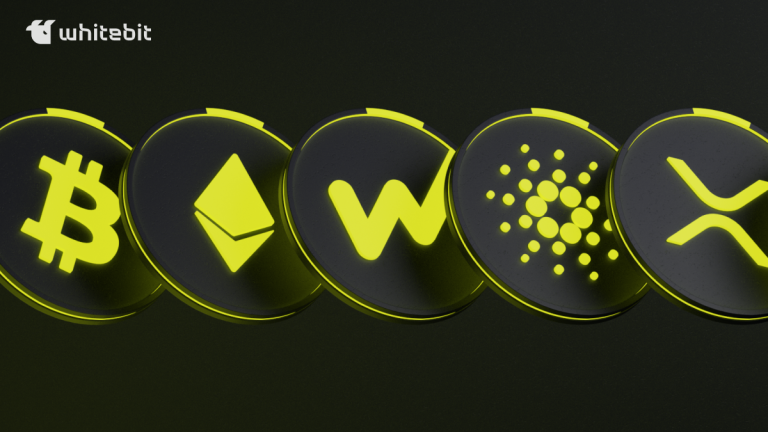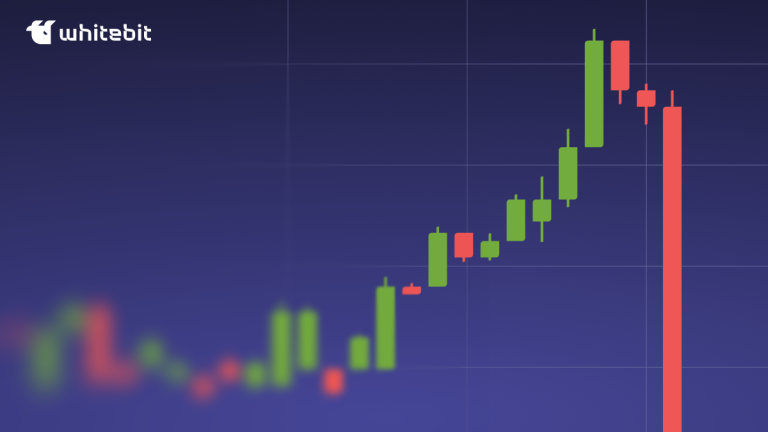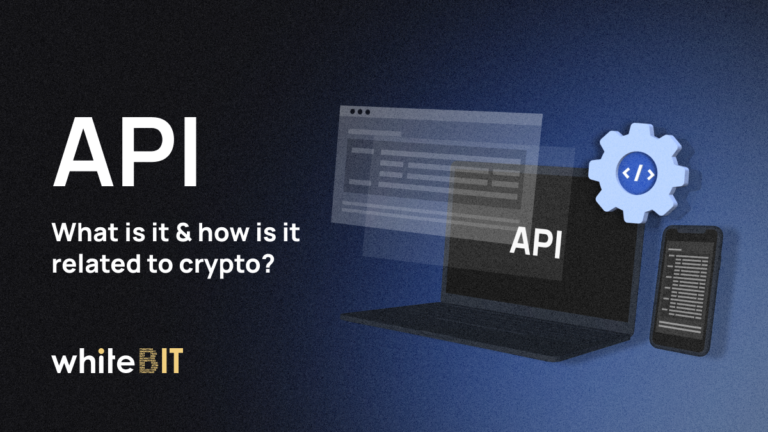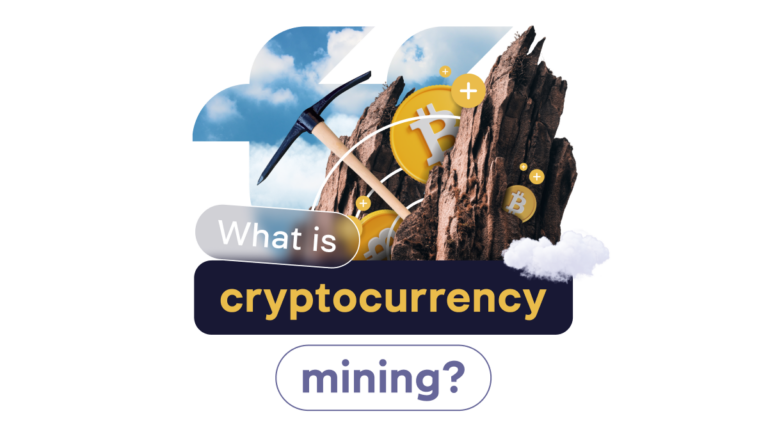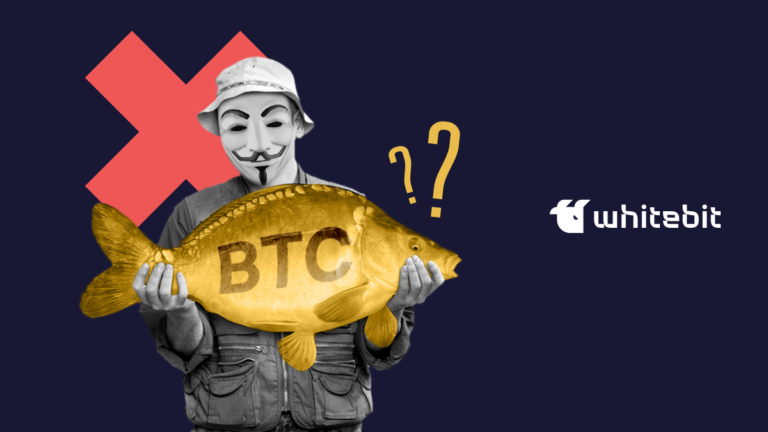What Is Tokenomics in Cryptocurrency?
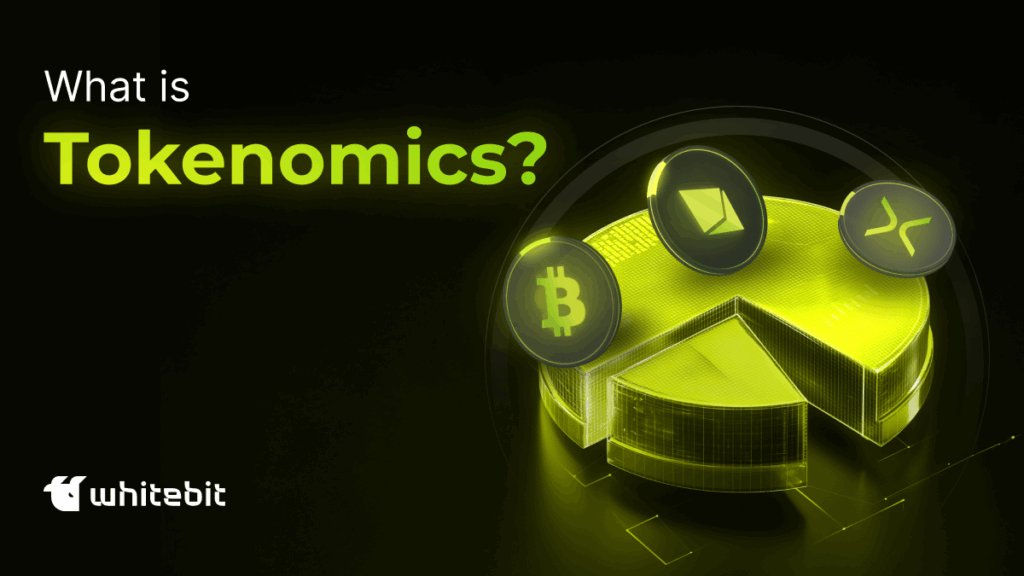
Tokenomics is the cornerstone of any cryptocurrency project, as it defines the economic structure and the mechanisms that drive participation. A well-designed tokenomics framework is essential for a project’s success, ensuring a balance of interests between developers, investors, and users. In this article, we will explore the concept of crypto tokenomics in simple terms and examine how it influences the growth and development of cryptocurrencies and blockchain platforms.
What Is Tokenomics?
Cryptocurrency tokenomics refers to the economic principles and mechanisms that govern the operation of cryptocurrencies and tokens within a blockchain ecosystem. This encompasses the processes of token issuance (creation), distribution, management, and the incentives for network participants that maintain economic activity and system security. Tokenomics dictates how tokens are utilized to motivate users and investors, as well as their impact on the project’s value and long-term sustainability.
Crucially, the tokenomics analysis of a project plays a pivotal role in determining the value and liquidity of its cryptocurrency, as well as in addressing key issues such as decentralization and governance. A well-structured token tokenomics model fosters a balanced and efficient system that not only supports the ecosystem’s growth but also attracts new users, ultimately driving the success of cryptocurrency projects in the market.
How Does Tokenomics Work?
Tokenomics operates through a combination of economic and technical mechanisms that govern the creation, distribution, and utilization of tokens within blockchain ecosystems. The primary elements that influence tokenomics include:
- Token Issuance: This refers to the process of creating new tokens. Some projects, like Bitcoin, have a fixed supply (e.g., a maximum of 21 million tokens), while others, such as Proof-of-Stake (PoS) networks, may allow the token supply to increase over time. The issuance rate can be predetermined or adjusted based on the network’s economic needs.
- Token Distribution: This process determines how and to whom tokens will be allocated. Distribution methods may include ICO, IDOs, mining, staking, or rewards for users and developers. Ensuring a fair distribution is crucial to prevent token centralization and to promote long-term sustainability.
- Utilitarian and Economic Incentives: Tokenomics in crypto includes mechanisms that encourage network participants to engage actively. For example, staking allows users to lock up tokens on the network in exchange for rewards, while mining involves solving complex mathematical problems to secure the network and earn tokens as rewards.
- Token Management: In certain projects, tokens are used for governance and decision-making (e.g., in DAOs — decentralized autonomous organizations). This enables users to influence platform protocol and policy changes, fostering decentralized governance of the project.
How to Analyze Tokenomics?
To analyze tokenomics and learn how to understand tokenomics, start by reviewing the project’s whitepaper, which typically outlines the token supply, distribution plan, and utility within the ecosystem. Assess the total supply and whether it’s fixed or inflationary, as well as the mechanisms in place for token issuance and burning. Evaluate the governance model to understand how decisions are made and the level of decentralization. Look for incentives that encourage long-term participation, such as staking or rewards, and check for any potential risks like centralization or token concentration. Finally, monitor the project’s market behavior, liquidity, and how well its tokenomics supports sustainable growth.
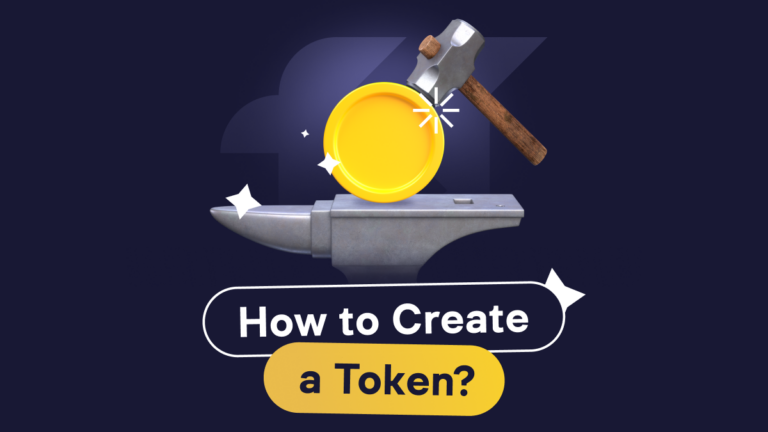
Why Does Tokenomics Matter?
Tokenomics is crucial because it shapes the economic framework of cryptocurrency projects, covering the creation, distribution, and utilization of tokens. A well-structured tokenomics model strikes a balance between all participants, creating incentives for active engagement that drives the project’s sustainability and growth. It also plays a key role in attracting both investors and users, ensuring the long-term value of the tokens and supporting decentralized governance.
Without a well-thought-out tokenomics structure, a project can face issues such as inflation, centralization, or a loss of community trust, which can significantly hinder its success and reduce its appeal.
Key Components of Tokenomics
The key components of tokenomics are listed as follows:
- Token Supply: This refers to the creation of new tokens within a project. The issuance can be fixed, as seen with Bitcoin, or dynamic, with the ability to adjust based on economic conditions.
- Token Distribution: This defines how tokens will be allocated to participants. Distribution methods may include ICO/IDO sales, rewards for miners, stakers, and users, as well as payments to the team and consultants.
- Token Utility: Tokenomics often includes reward mechanisms such as staking, mining, or participation in DAOs (Decentralized Autonomous Organizations). These systems incentivize users to actively engage with the project.
- Governance: Some projects utilize tokens for decentralized governance, allowing token holders to influence decisions regarding the future development of the project.
- Pricing and Liquidity: Tokenomics also outlines the rules governing token pricing, liquidity, and trading opportunities. These factors significantly impact supply and demand within the ecosystem.
Understanding Different Token Models
The types of tokens play a significant role in shaping tokenomics, determining the economic model and long-term sustainability of a project.
Utility Tokens
These tokens provide users with access to products and services within the ecosystem. They encourage active participation by enabling users to pay fees, use platform features, or gain additional privileges. Their distribution and usage generate demand, which helps maintain their value.
Governance Tokens
Holders of Governance Tokens have the right to participate in decisions regarding the development of a project. This fosters decentralization and builds trust within the ecosystem. Voting-based governance creates a dynamic and adaptive economy where participants can influence changes and updates to the system.
Stablecoins
Stablecoins are pegged to stable assets, such as fiat currencies, reducing volatility. This makes them practical for everyday transactions and savings in the cryptocurrency economy, providing more predictable prices and stability within the network.
Non-Fungible Tokens (NFT)
NFTs are unique digital assets used for collecting, art, or gaming. They create new markets and economies by enabling token holders to sell or exchange one-of-a-kind items, thereby maintaining liquidity and value within ecosystems.
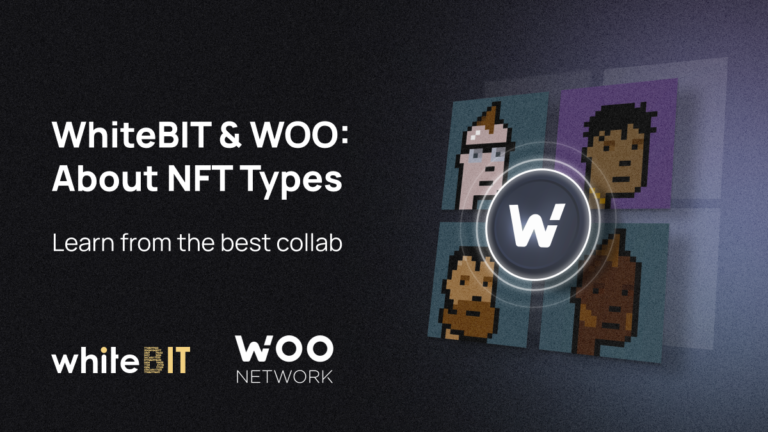
Advanced Tokenomics Concepts
The key mechanisms that ensure the sustainability and development of projects include:
Token Issuance & Vesting Schedules
Token issuance refers to the creation and distribution of tokens to project participants. Vesting schedules specify when and how tokens become available to holders, preventing immediate sales and encouraging long-term commitment to the project. These mechanisms help maintain stability and protect the interests of both the project team and investors by aligning incentives with the project’s growth and success.
Inflation & Deflation Mechanisms
Inflation and deflation mechanisms regulate the number of tokens in circulation, directly impacting their value.
- Inflation occurs when the supply of tokens increases, potentially leading to a decrease in their value. This typically happens through the regular issuance of new tokens.
- Deflation is achieved through token burning, where tokens are permanently removed from circulation. By reducing the overall supply, token burning helps increase the value of the remaining tokens, creating scarcity.
These mechanisms play a crucial role in maintaining the stability of a token’s value and sustaining interest over the long term. A good tokenomics example is Bitcoin, where the total supply is capped at 21 million tokens, and mining becomes progressively harder over time. As new bitcoins are mined at a slower rate and some coins are lost, the total supply decreases, increasing scarcity and, ultimately, their value.
Cross‑Chain Interoperability
Cross-chain interoperability enables tokens and assets to seamlessly move between different blockchains, enhancing the functionality and usability of tokens across various ecosystems. This improves liquidity and fosters the integration of different projects, contributing to a more interconnected blockchain environment. By supporting multiple blockchains, cross-chain interoperability increases flexibility and enhances the overall user experience. A notable example of cross-network interoperability is Polkadot, which allows blockchains to exchange data and assets, facilitating smoother interaction across different ecosystems.
Governance & Decentralization
Token economy also encompasses the governance mechanisms of a project and its level of decentralization. This includes token holders’ ability to participate in decision-making, such as voting and proposing changes. Understanding the meaning of tokenomics is crucial for grasping how governance structures work and how they influence a project. The more decentralized the governance structure, the greater the project’s credibility and transparency. These factors are essential for the long-term sustainability and growth of the ecosystem, as they foster trust and ensure that decisions are made collectively rather than by a central authority.
Real‑World Examples of Successful Tokenomics
Bitcoin (BTC) tokenomics is grounded in a fixed supply of only 21 million coins, creating a sense of scarcity that supports its value. Additionally, the halving mechanism reduces the number of new Bitcoins mined every 210,000 blocks, slowing inflation and increasing demand for existing coins. This approach of tokenomics coin helps to maintain Bitcoin’s long-term value and fosters its appeal as a store of value.
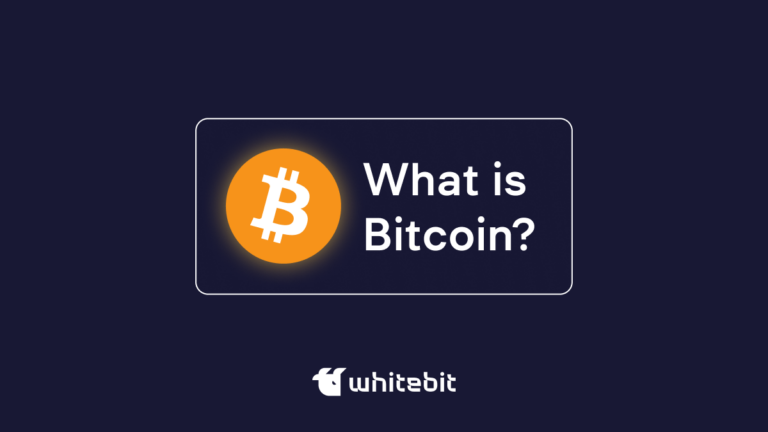
Altcoin tokenomics, such as Ethereum (ETH) and ERC-20 tokens, employs a model where ETH serves as the primary token for transaction payments and interacting with smart contracts. Unlike Bitcoin, Ethereum does not have a hard cap on its total supply. However, in 2021, Ethereum introduced the EIP-1559 mechanism, which burns a portion of transaction fees. This reduces the overall supply of ETH, creating deflationary pressure that helps sustain its value over time.
Conclusion
Tokenomics is a fundamental aspect of every cryptocurrency project, as it defines its economic structure and stability. Understanding tokenomics is crucial not only for developers and investors but also for users who actively engage in blockchain ecosystems. Properly designing tokenomics can be the key to ensuring a project’s long-term success and sustainability, while bad tokenomics can lead to failure. The best projects carefully design their tokenomics to align incentives and drive growth.
FAQ
Tokenomics refers to the economic model that governs the creation, distribution, and utilization of tokens within a cryptocurrency or blockchain project. It defines how tokens incentivize participants, maintain value, and ensure the project's long-term sustainability.
Tokenomics in crypto refers to the economic model of a cryptocurrency or blockchain project, which includes the creation, distribution, use, and management of tokens. Tokenomics explained plays a key role in determining a project's value, liquidity, and sustainability.
To check tokenomics, review a project's whitepaper, where details on token supply, distribution methods, utility, incentives, and governance mechanisms are typically outlined. You can also check blockchain explorers and platforms like CoinMarketCap or CoinGecko for specific token metrics.
As experts agree, good tokenomics refers to a well-designed economic model that ensures a cryptocurrency or blockchain project's long-term sustainability, value, and growth. It includes factors like a balanced token supply, fair distribution, strong utility, incentives for long-term participation, and a decentralized governance structure.

